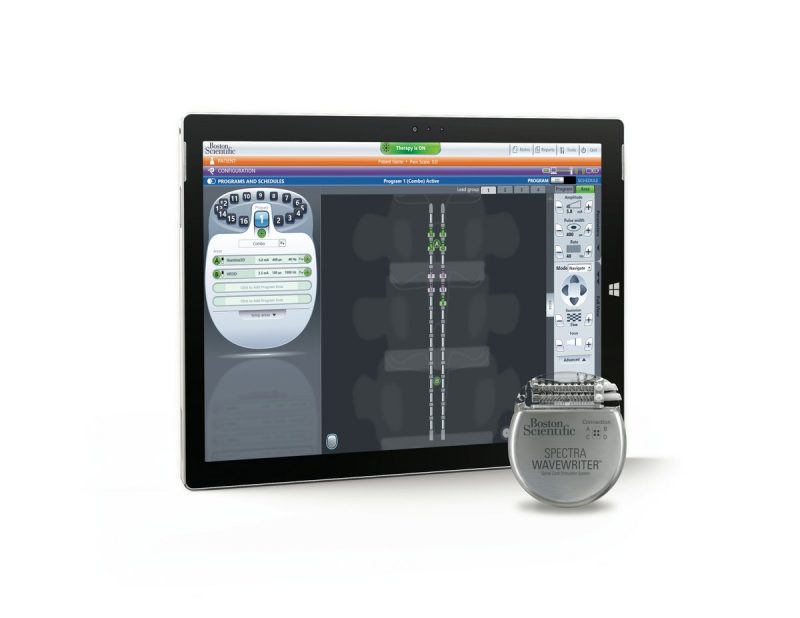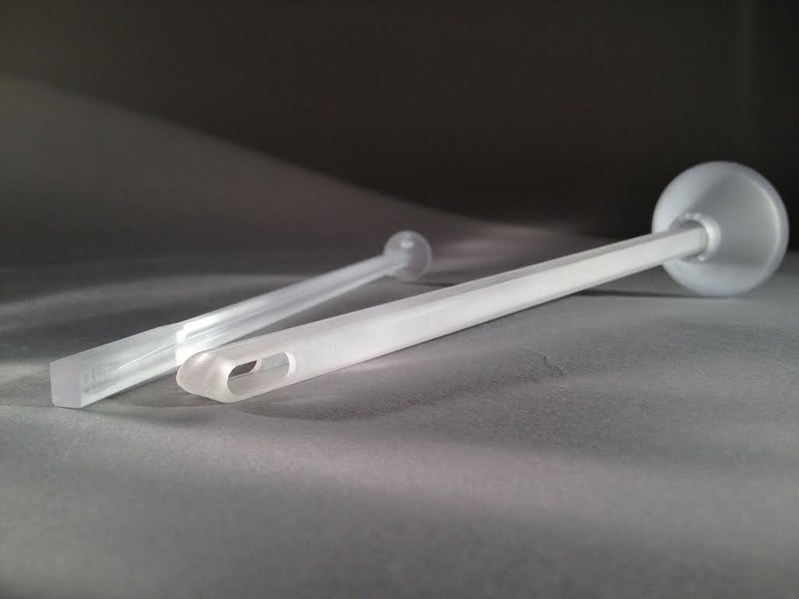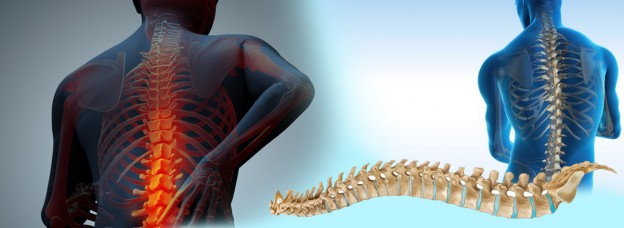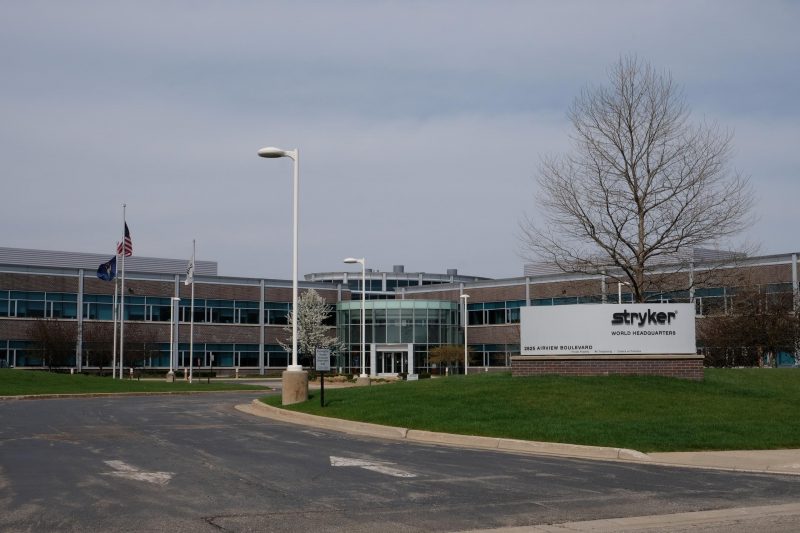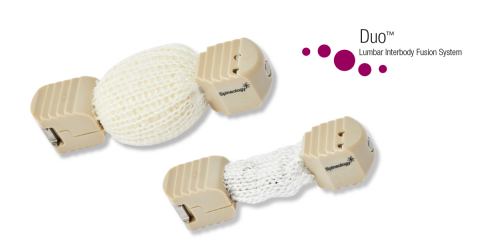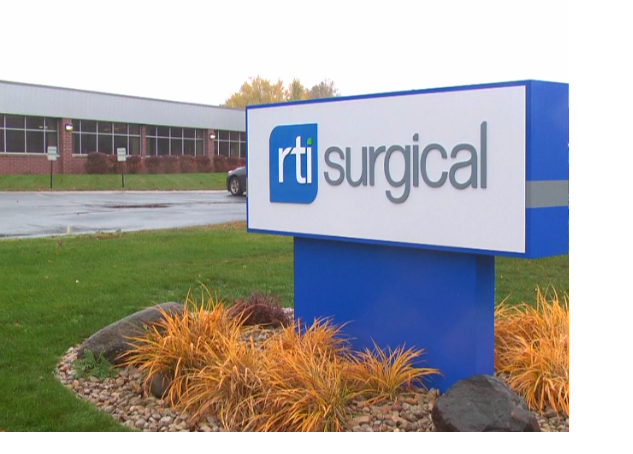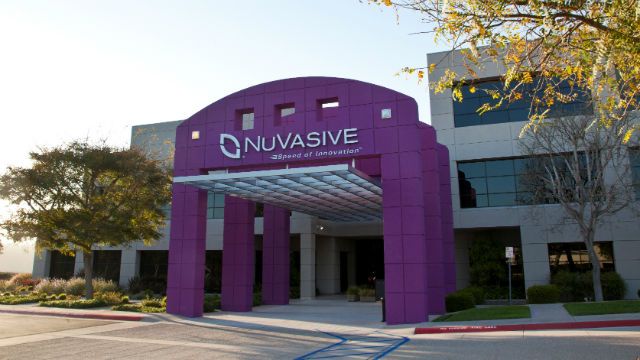MARLBOROUGH, Mass., Jan. 12, 2018 /PRNewswire/ — Boston Scientific Corporation (NYSE: BSX) today announced positive results from the WHISPER randomized controlled trial (RCT). The data, presented at the 2018 Annual Meeting of the North American Neuromodulation Society in Las Vegas, demonstrated that patients who are given the choice to use both sub-perception and paresthesia-based spinal cord stimulation (SCS) therapy achieve superior outcomes in comparison to patients who have only one SCS therapeutic option.
SCS works by sending low electrical pulses, which vary in frequency, pulse width and amplitude, to the spinal cord to interrupt pain signals and provide pain relief. Paresthesia-based therapy provides pain relief with a light tingling sensation while sub-perception therapy works without that sensation. The WHISPER RCT is a multi-center, prospective, cross-over, randomized, and controlled study that evaluated the long-term safety and effectiveness of sub-perception SCS therapy. Participants had been implanted with an SCS system for an average of four years at the beginning of the study and were treated with both paresthesia and sub-perception therapy.
“The WHISPER RCT evaluated both patients who had successfully controlled their pain using SCS and those who could benefit from additional options and optimization of their therapy,” said James North, M.D., Carolinas Pain Institute, and coordinating principal investigator of the WHISPER RCT. “This study provides data on people who have suffered with chronic pain for years and who pose some of the biggest challenges in the long-term use of SCS. The results demonstrated that giving patients the choice to use sub-perception or paresthesia-based therapy provides superior patient outcomes and affirms that SCS is a clinically valuable treatment option.”
Based on data from cohorts of 70 and 55 subjects who chose sub-perception therapy for long-term follow-up, the WHISPER RCT demonstrated that:
- If patients are able to choose between the SCS therapy that provides the most effective pain relief, the number of subjects whose pain was effectively controlled by SCS increased by 62 percent;
- 57 percent of patients in a study cohort preferred having the option of both sub-perception and paresthesia-based therapy;
- Subjects whose pain was managed by paresthesia-based therapy during the randomized phase had an average reduction in baseline pain scores from 7.2 to 2.5, if they were able to choose between the SCS therapy that provided the most effective relief; and
- At 12 months, pain scores for subjects who preferred sub-perception therapy decreased on average from 7.1 to 3.8 and 89 percent rated their condition better or a great deal better; these subjects had an SCS implant for an average of five years.
The study expands on research from the PROCO RCT (Evaluation of Stimulation Pulse Rate on Clinical Outcomes in Patients Whose Pain is Controlled by 10 kHz Frequency) which established in de novo patients that similar pain relief and improvement in quality of life measures are experienced independent of the type of frequency (from 1 kHz up to 10 kHz) used in sub-perception SCS therapy when the proper target and dose are identified.
“This rigorous, carefully conducted trial underscores the importance of providing patients with multiple therapeutic options for the relief of chronic pain in one SCS system that can help address their complex needs,” said Maulik Nanavaty, president and senior vice president, Neuromodulation, Boston Scientific. “We are dedicated to improving the lives of patients with industry-leading neuromodulation technology designed for long-lasting relief.”
The WHISPER RCT results follow the recent launch of the Boston Scientific Spectra WaveWriterTM SCS System, which offers patients the ability to simultaneously use sub-perception and paresthesia-based therapies.
INVESTOR UPDATE
The company will also host an investor event and webcast on January 12 from 1:00-2:00 PM PST to provide a presentation and answer questions from investors about the Boston Scientific Neuromodulation portfolio. The event will be accessible via live webcast at www.bostonscientific.com/investors. A replay of the webcast will be accessible at http://www.bostonscientific.com/investors beginning approximately one hour following the completion of the event.
About Boston Scientific
Boston Scientific transforms lives through innovative medical solutions that improve the health of patients around the world. As a global medical technology leader for more than 35 years, we advance science for life by providing a broad range of high performance solutions that address unmet patient needs and reduce the cost of healthcare. For more information, visit www.bostonscientific.com and connect on Twitter and Facebook.
Cautionary Statement Regarding Forward-Looking Statements
This press release contains forward-looking statements within the meaning of Section 27A of the Securities Act of 1933 and Section 21E of the Securities Exchange Act of 1934. Forward-looking statements may be identified by words like “anticipate,” “expect,” “project,” “believe,” “plan,” “estimate,” “intend” and similar words. These forward-looking statements are based on our beliefs, assumptions and estimates using information available to us at the time and are not intended to be guarantees of future events or performance. These forward-looking statements include, among other things, statements regarding our product launches and product performance and impact. If our underlying assumptions turn out to be incorrect, or if certain risks or uncertainties materialize, actual results could vary materially from the expectations and projections expressed or implied by our forward-looking statements. These factors, in some cases, have affected and in the future (together with other factors) could affect our ability to implement our business strategy and may cause actual results to differ materially from those contemplated by the statements expressed in this press release. As a result, readers are cautioned not to place undue reliance on any of our forward-looking statements.
Factors that may cause such differences include, among other things: future economic, competitive, reimbursement and regulatory conditions; new product introductions; demographic trends; the closing and integration of acquisitions; intellectual property; litigation; financial market conditions; and future business decisions made by us and our competitors. All of these factors are difficult or impossible to predict accurately and many of them are beyond our control. For a further list and description of these and other important risks and uncertainties that may affect our future operations, see Part I, Item 1A – Risk Factors in our most recent Annual Report on Form 10-K filed with the Securities and Exchange Commission, which we may update in Part II, Item 1A – Risk Factors in Quarterly Reports on Form 10-Q we have filed or will file hereafter. We disclaim any intention or obligation to publicly update or revise any forward-looking statements to reflect any change in our expectations or in events, conditions or circumstances on which those expectations may be based, or that may affect the likelihood that actual results will differ from those contained in the forward-looking statements. This cautionary statement is applicable to all forward-looking statements contained in this document.
CONTACTS
Media:
Catherine Brady
Media Relations
508-683-4797
Catherine.Brady@bsci.com
Investors:
Susie Lisa, CFA
508-683-5565 (office)
Investor Relations
Boston Scientific Corporation
investor_relations@bsci.com
SOURCE Boston Scientific Corporation

